- Understanding Agriculture Irrigation Pipes
- The Importance of Agriculture Pipes in Agriculture
- Common Issues with Agriculture Irrigation Pipes
- Troubleshooting and Solving Irrigation Pipe Issues
- Preventive Maintenance for Agriculture Irrigation Pipes
- Choosing the Right Agriculture Irrigation Pipes
- Conclusion
Troubleshooting Common Issues with Agriculture Irrigation Pipes
Irrigation is the lifeblood of modern agriculture, and at the heart of any irrigation system are the agriculture irrigation pipes that carry water to crops. However, like any equipment, agriculture pipes can encounter problems that, if addressed, can lead to reduced efficiency, crop damage, and increased costs. This blog post will dive deep into the world of agriculture irrigation pipes, exploring common issues and providing practical solutions to keep your irrigation system running smoothly.
Whether you’re a seasoned farmer or new to agricultural irrigation, understanding these problems and their solutions can help you maintain a healthy, productive farm. Let’s explore the world of agriculture irrigation pipes and learn how to troubleshoot common issues effectively.
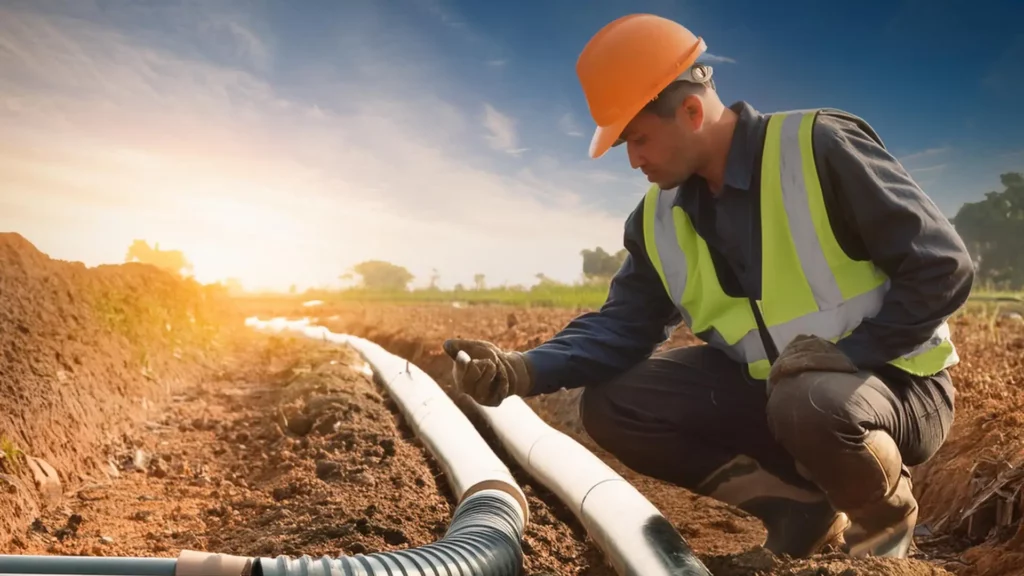
Understanding Agriculture Irrigation Pipes
Before we delve into troubleshooting, we must understand what agriculture irrigation pipes are and their role in farming.
What are Agriculture Irrigation Pipes?
Agriculture irrigation pipes are specially designed conduits that transport water from a source (such as a well, reservoir, or river) to crops in fields. These agriculture pipes are made of various materials, including PVC, polyethylene, aluminum, and steel, each with advantages and potential issues.
The Importance of Agriculture Pipes in Agriculture
Irrigation pipes play a crucial role in modern farming:
- They enable efficient water distribution across large areas
- They help conserve water by minimizing waste
- They allow for precise control of water delivery to crops
- They can be used to deliver fertilizers and other nutrients along with water
Given their importance, addressing problems with agriculture irrigation pipes promptly and effectively is crucial.
Common Issues with Agriculture Irrigation Pipes
Let’s explore some of the most frequent problems farmers encounter with their agriculture pipes and how to identify them.
Leaks and Cracks
Leaks and cracks in agriculture irrigation pipes can waste water, reduce pressure, and potentially damage crops through overwatering or erosion.
Signs of Leaks and Cracks:
- Wet spots or puddles in unexpected areas
- Decreased water pressure at sprinklers or drip emitters
- Unexplained increases in water bills
- Visible cracks or holes in above-ground irrigation pipes
Clogs and Blockages
Clogs can occur due to debris, mineral buildup, or small animals entering the agriculture pipe system.
Signs of Clogs and Blockages:
- Reduced or no water flow from sprinklers or drip emitters
- Uneven water distribution across the field
- Unusual noises in the agriculture irrigation pipes when water is flowing
Pressure Problems
Incorrect pressure can lead to inefficient watering and potential damage to the irrigation system.
Signs of Pressure Problems:
- Sprinklers not reaching their intended coverage area
- Drip emitters releasing too much or too little water
- Agriculture pipes vibrating or making strange noises
Frozen Pipes
In colder climates, freezing can cause significant damage to agriculture irrigation pipes.
Signs of Frozen Pipes:
- No water flow when temperatures are below freezing
- Visible ice in or around agriculture pipes
- Burst or cracked irrigation pipes after a freeze
Root Intrusion
Tree or plant roots can grow into underground agriculture irrigation pipes, causing blockages and damage.
Signs of Root Intrusion:
- Decreased water flow that worsens over time
- Unexplained increases in water pressure
- Visible root growth near agriculture pipe locations when excavated
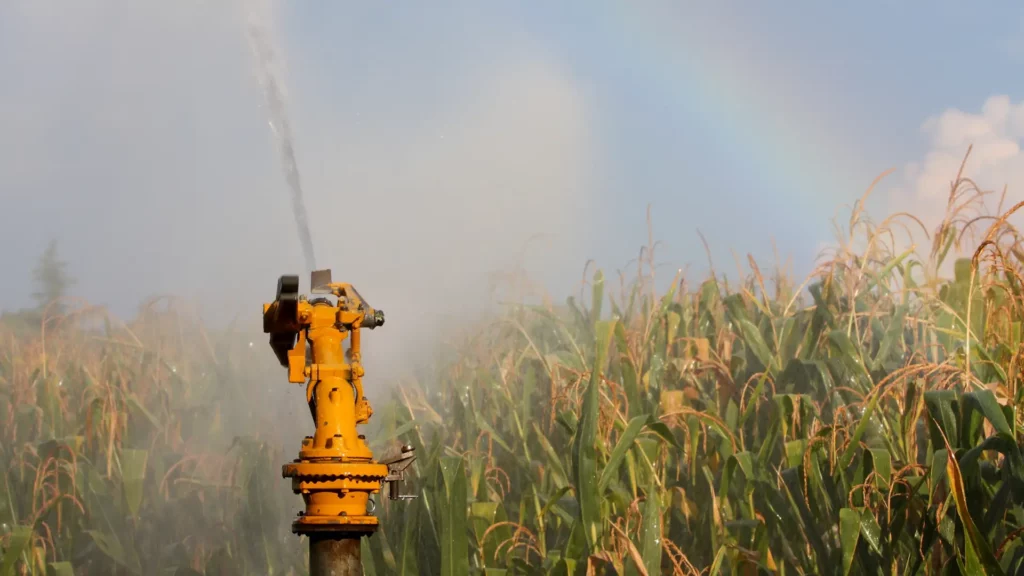
Troubleshooting and Solving Irrigation Pipe Issues
Now that we’ve identified common problems, let’s explore how to troubleshoot and solve these issues effectively.
Addressing Leaks and Cracks
Leaks and cracks in agriculture irrigation pipes require prompt attention to prevent water waste and potential crop damage.
Steps to Fix Leaks and Cracks:
- Locate the leak: Walk along the pipeline and look for wet spots or hear hissing sounds.
- Turn off the water supply to the affected area.
- For small leaks:
- Clean the area around the leak.
- Apply pipe repair tape or a pipe repair clamp.
- For larger cracks or holes:
- Cut out the damaged section
- Replace with a new section using pipe couplings
- For underground agriculture pipes, you may need to dig to access the damaged area.
- Consider calling a professional for extensive damage or if unsure about the repair process.
“Remember: Regular inspections can help catch leaks early before they become significant problems.”
Clearing Clogs and Blockages
Clearing clogs is essential for maintaining proper water flow and distribution in agriculture irrigation pipes.
Steps to Clear Clogs and Blockages:
- Identify the location of the clog by checking for reduced flow at sprinklers or emitters.
- For minor clogs:
- Flush the system by opening the end caps and running water at high-pressure
- Clean individual sprinklers or emitters
- For more stubborn clogs:
- Use a pipe snake or auger to clear the blockage
- Consider using a high-pressure water jet if available
- For mineral buildup:
- Flush the system with a vinegar solution (1 part vinegar to 1 part water)
- Let it sit for a few hours, then flush with clean water
- Install filters at the water source to prevent future clogs from debris.
- Solving Pressure Problems
Correct pressure is crucial for efficient irrigation in agricultural pipes.
Steps to Address Pressure Issues:
- Check the pressure at various points in the system using a pressure gauge.
- If pressure is too low:
- Check for leaks or clogs and address them.
- Ensure the water source (pump or municipal supply) is providing adequate pressure
- Consider installing a booster pump if needed
- If pressure is too high:
- Install a pressure regulator at the water source
- Use pressure-compensating emitters or sprinklers
- Adjust sprinkler heads or emitters to ensure proper coverage.
- Consider redesigning the system if pressure issues persist, possibly by dividing the system into zones.
- Preventing and Dealing with Frozen Pipes
In colder climates, protecting agriculture irrigation pipes from freezing is crucial.
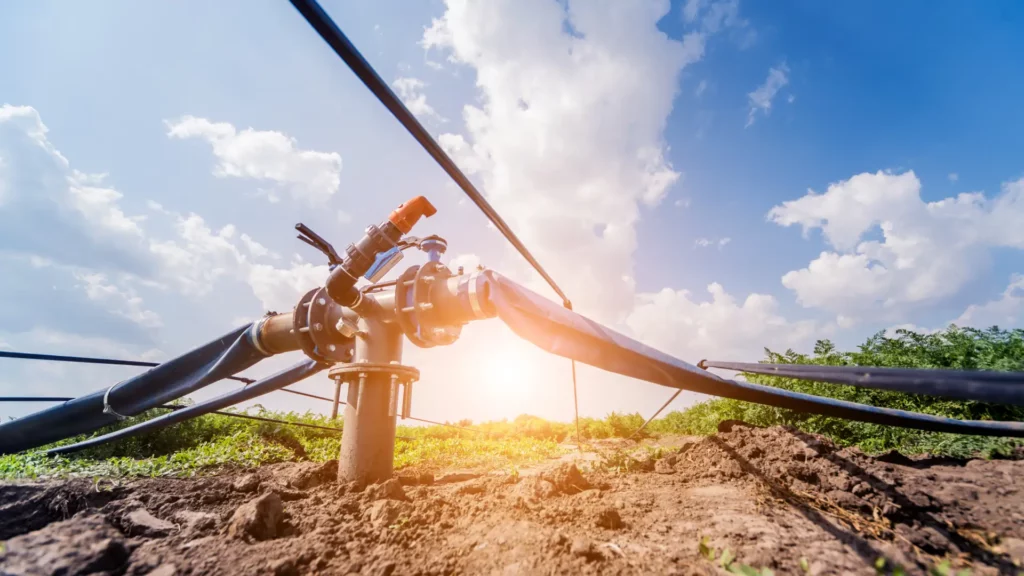
Steps to Prevent and Address Frozen Pipes:
- Before winter:
- Drain the irrigation system completely
- Use compressed air to blow out any remaining water
- Insulate above-ground agriculture pipes and valves
- If pipes freeze:
- Shut off the main water valve
- Gradually thaw pipes using a hair dryer, heat lamp, or by wrapping them in heat tape
- Never use an open flame to thaw pipes
- For burst pipes:
- Turn off the water immediately
- Replace the damaged section of the agriculture pipe
- Consider installing heat cables along irrigation pipes in problem areas for future prevention.
- Dealing with Root Intrusion
Root intrusion can cause significant damage to agriculture irrigation pipes if not addressed.
Steps to Address Root Intrusion:
- Locate the affected area by observing reduced flow or digging along the pipeline.
- For minor root intrusion:
- Cut away the invading roots
- Repair any damage to the agriculture pipe
- For severe cases:
- Remove the affected pipe section
- Replace with new irrigation pipe, considering root-resistant materials
- Prevent future intrusion:
- Install root barriers around agriculture pipes in problem areas
- Consider using chemical root inhibitors (be cautious of environmental impact)
- Plan pipe routes away from trees and large plants when possible
Preventive Maintenance for Agriculture Irrigation Pipes
Prevention is often more accessible and more cost-effective than repair. Here are some tips for maintaining your agriculture pipes:
- Regular Inspections: Walk your fields regularly to check for wet spots, unusual plant growth, or other signs of irrigation pipe issues.
- Seasonal Maintenance:
- Spring: Check for winter damage and prepare the system for use
- Summer: Monitor for clogs and pressure issues during peak use
- Fall: Prepare for winter by draining and protecting the system
- Winter: Monitor for freeze damage if in a cold climate
- Water Quality Management:
- Test your water source regularly for mineral content and contaminants
- Use appropriate filtration systems to prevent clogs and mineral buildup
- System Design:
- Ensure your system is properly designed for your field’s size and crop needs
- Consider professional design services for large or complex systems
- Record Keeping:
- Maintain a log of repairs, replacements, and maintenance activities
- This can help identify recurring issues and plan for future upgrades

Choosing the Right Agriculture Irrigation Pipes
Selecting the appropriate agriculture pipes for your irrigation system can prevent many issues before they start.
Factors to Consider:
- Material: PVC, polyethylene, aluminum, and steel each have pros and cons.
- PVC: Affordable and resistant to corrosion but can be damaged by UV light
- Polyethylene: Flexible and freeze-resistant, suitable for drip irrigation
- Aluminum: Lightweight and portable, ideal for surface irrigation
- Steel: Durable but heavy and prone to corrosion
- Pressure Rating: Ensure the agriculture irrigation pipes can handle the expected water pressure.
- Size: Pipe diameter affects flow rate and pressure. Consult with an irrigation specialist to determine the right size for your needs.
- UV Resistance: Choose materials for above-ground agriculture pipes that can withstand sun exposure.
- Chemical Resistance: If you plan to use your irrigation system for fertigation (applying fertilizers), ensure the pipes can handle the chemicals.
- Cost: Balance initial costs with long-term durability and maintenance needs.
Conclusion
Troubleshooting issues with agriculture irrigation pipes may seem daunting, but with the proper knowledge and approach, most problems can be resolved effectively. Regular maintenance, prompt attention to issues, and proper system design can help ensure your irrigation system operates efficiently, saving water, energy, and money while promoting healthy crop growth.
Remember, while this guide provides a comprehensive overview, some situations may require professional assistance. For complex issues or large-scale system designs, feel free to consult with irrigation specialists or agricultural engineers.
By understanding your agriculture irrigation pipes and how to maintain them, you’re taking a crucial step towards more efficient, sustainable farming. Keep learning and stay observant; your irrigation system will serve you well for years.




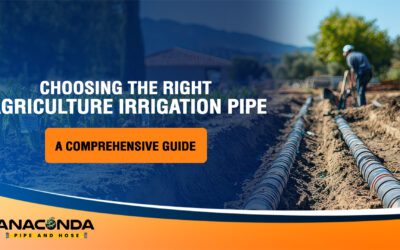
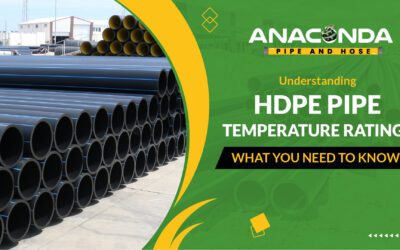
0 Comments